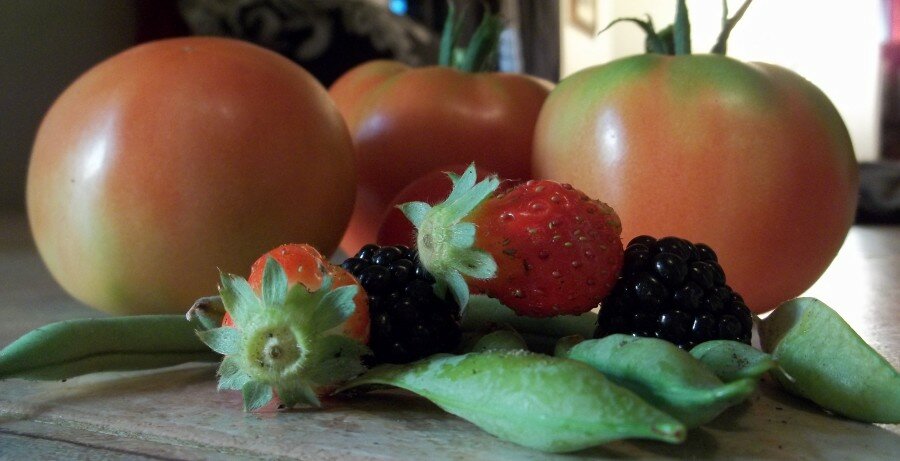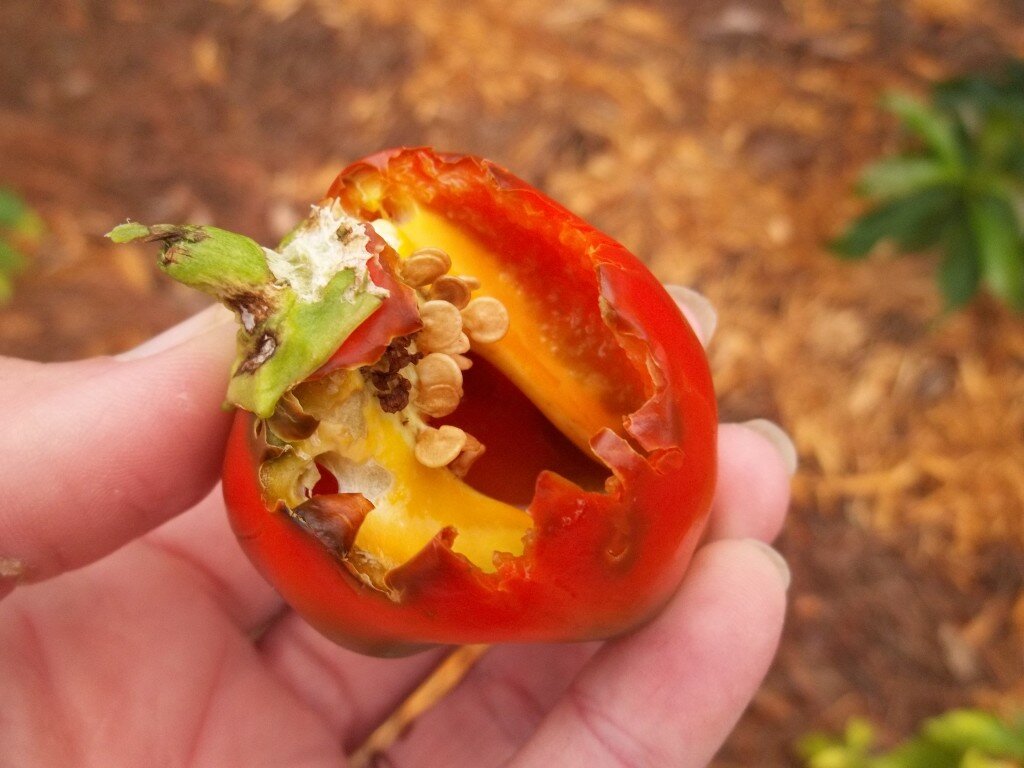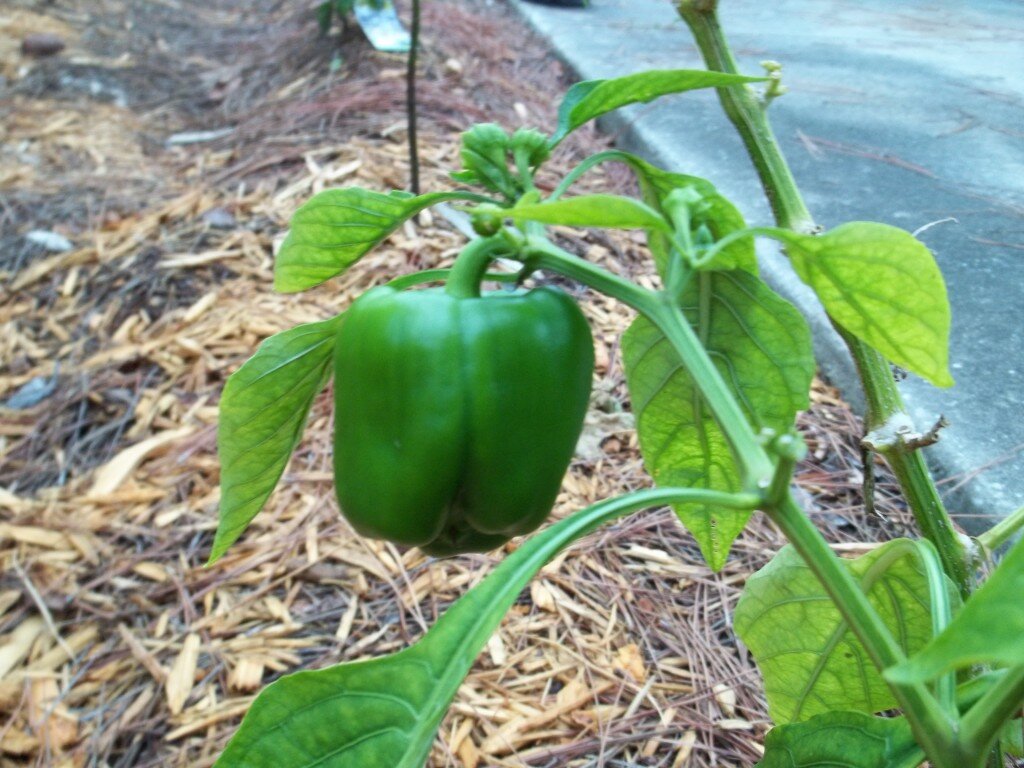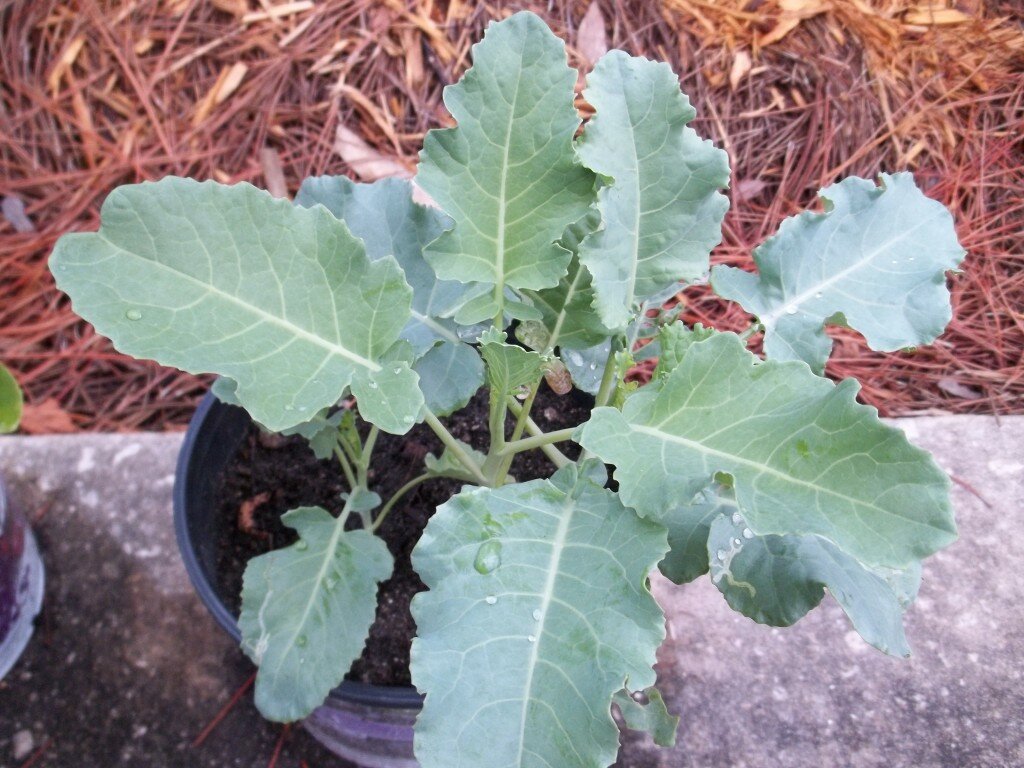I am by no means a seasoned gardener. However, this is My Second Growing Season and I have acquired some knowledge along the way.
Through trial, error, and a lot of research, I have learned which methods work and which do not.
I have had some successes and A LOT of failures.
Last year’s efforts to grow Romaine Lettuce yielded, by my estimation, respectable results. This season, I followed the same protocol but reduced the number of plants.
The plants are still small, so this may be the time to try something a little different.
During transplanting, I am experimenting with loosely tying the heads of lettuce in order to encourage the leaves to grow more compactly together.
I have also planted Marigold Seedlings near the lettuce to discourage pests. Marigolds are natural pest-repellents. If you have been reading my blog for a while, you probably already know that I do not use any form of insecticide, whatsoever.
Forfeiting some fruit is worth knowing that I am not consuming poison, like Glyphosate or Organophosphate, which are found in Round-Up.
Despite not using insecticide, most of the crops are fairly healthy. Like all the other Bell Peppers:
And the Broccoli, which will be transplanted in the next few days.
If you missed it, or are interested in reading a comprehensive Lettuce Refresher, here is the post I wrote during my First Growing Season:
There are 4 distinct types of lettuce: Crisphead, Loosehead, Looseleaf and Romaine. Within each type of lettuce, there exists many varieties and hybrid varieties.
The fact that Romaine lettuce makes up one quarter of the market share is pretty impressive! It is my favorite kind of lettuce and I literally eat it every day, without fail. Romaine hearts are fairly pricey: a three-pack runs about $2.99-$4.99 depending on Organic status and the grocery store. At the rate I consume my salads, it could run me upwards of $30 a week…just on one type of lettuce! And yes, I realize the amount of Romaine I consume is somewhat atypical for a single-person household.
A brief history of my much-beloved salad staple:
The Romans were also rabid fans of Romaine lettuce and its radiant healthy properties (hence the name). Emperor Caesar Augustus may have been even more obsessed than I am. He commissioned his craftsman to build a statue in praise of Romaine lettuce. Yeah. Weirdos. This bit of trivia does makes the whole “Caesar Salad” thing make sense though…
Regardless of whether you can shovel in lettuce around the clock or if you want to provide a delicious and healthy salad for your family, it is INSANELY EASY to grow lettuce without using any pesticides, chemicals or unnatural fertilizers.
First, pick an area (in your yard, on your deck, in a box, with a fox, etc.) that gets decent sunlight. We are talking 6ish hours per day.
Second, choose the right lettuce type for both your geographic location and culinary preference. The seed packages have these handy dandy color-coded maps on the back that will tell you how to make an informed decision.
Third, prepare the area you are planning to use for planting. Lettuce seeds can be sown directly into the ground once spring arrives. Alternately, you can start the seeds indoors in containers with potting soil. I did the second option because I was so antsy-in-my-pantsy to get going and the last of our cold weather was not quite over.
Tip: Lettuce seeds are MICROSCOPIC so very carefully and deliberately space them in the ground or in the containers. Make sure to check the seed package for spacing-specifics. I used an organic potting soil mix to get the seeds sprouting, and then once they were about 2 inches tall, I transplanted them to an exterior row in my garden. I chose this spot because it was accessible for weeding and tending a crop so low to the ground and also because the borders of my garden share space with marigolds, a natural pest repellent.
Make sure to water your plants. If you don’t do that, they will not stay alive long!
SALT AND PEPPER IT!!
Harvesting the lettuce is the best part and it is so neat!! When you are craving some rabbit food, simply walk out your door with kitchen shears and snip what you want, starting with the outside leaves, working your way in. Since you didn’t use any nasty pesticides, just lightly rinse the dirt off and enjoy.
Resume caring for your plants as you had been. One day, you will wake up to discover the lettuce leaves have not forsaken you; they do indeed grow back. At first I suspected black magic, but then I read that both Loose-leaf and Romaine are are “cut and come again” lettuce types. They really do keep on giving. Do not pull the lettuce out by the roots unless you are prepared for it to be your last supper, near the end of the summer.
What questions do you have for me regarding growing lettuce? What is your favorite lettuce type/variety? What other greens do you enjoy in your salad besides lettuce? I am a huge fan of baby kale!















I’ve had grilled romain several times lately and it makes for such a great summer salad. Though I guess the downside is you really need to take the whole head if you’re going to grill it.
Hey MG,
I have never had it grilled, but it sounds delicious! I have left the heads alone for the time being and they are getting pretty large, so I may have to harvest one soon. Thanks for the idea!